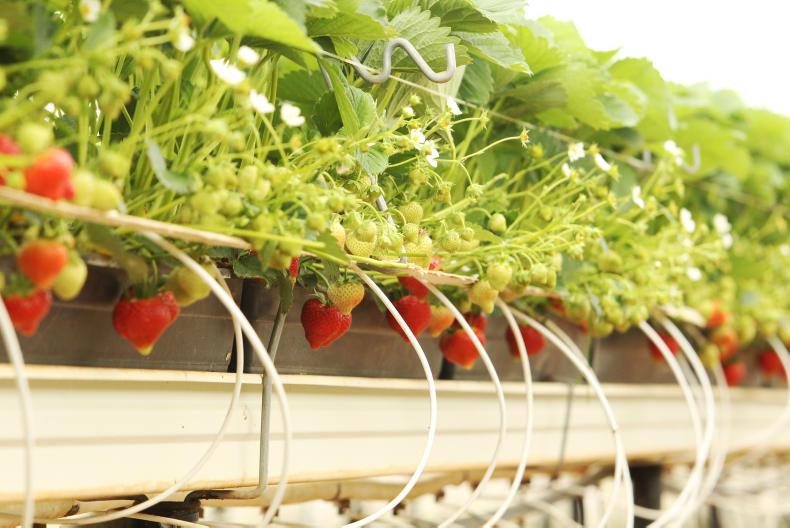Scientists at the university have found a quick and reliable way to test the freshness of fruit on supermarket shelves through the use of a coated fabric strip.
The research, published recently in the Journal of Chromatography A, showed the coated fabric can soak up the chemical compounds in the juice of an orange that show the ripeness – or freshness – of the fruit.
The coating used on the fabric was invented by Florida International University Provost and executive vice-president Kenneth G. Furton and chemistry researcher Abuzar Kabir who are co-authors of the study.
After immersing the coated fabric into a small amount of the fruit juice, researchers quickly isolated the three main compounds within the fruit that are markers for freshness. Over a two-month period, they found that these chemicals lost their intensity, indicating the ability to track the degradation of the fruit.
“Everyone likes to advertise that they have the freshest fruit, but how long has that orange been sitting there?”
“Everyone likes to advertise that they have the freshest fruit, but how long has that orange been sitting there?” Kabir said. “We used the orange as a model and, now, we can use this method to test the freshness of other fruit or any food that has a potential to degrade.”
Potential for farmers
While many uses for the invention have been discussed, such as for Government inspectors, it may also be useful for farmers.
“Growers may also use this method to decide how quickly they need to get their crop to market or to use packaging that might slow the ripening process in order to keep fruit from reaching their peak before you buy them,” Kabir said.
Agribusiness Report 2017: disrupting the supermarket aisle
Watch: the latest technology in operation at Chile’s largest cherry exporter






 This is a subscriber-only article
This is a subscriber-only article











SHARING OPTIONS: